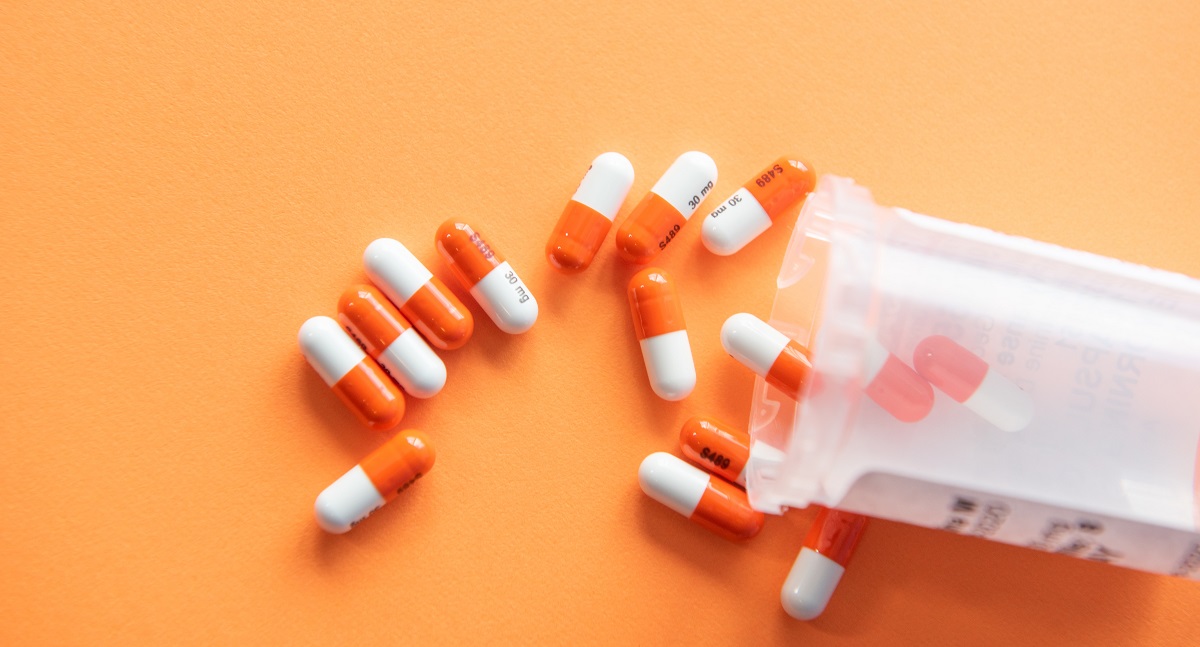Tetracyclines and clindamycin plus rifampicin combination therapy are both considered first-line therapy in current Hidradenitis Suppurativa (HS) guidelines. However, evidence for their efficacy is drawn from small studies, often without validated outcomes. To assess the 12-week efficacy of oral tetracyclines and a combination of clindamycin and rifampicin. A prospective, international cohort study performed between October 2018 and August 2019.In total, 63.6% of the included 283 patients received oral tetracyclines and 36.4% were treated with clindamycin and rifampicin. Both groups showed a significant decrease in IHS4 from baseline (both p<0.001). HiSCR was achieved in 40.1% and 48.2% of patients, respectively (p=0.26). Patient characteristics or disease severity were not associated with attainment of HiSCR or the minimal clinically important differences for the DLQI and pain.Cohort study. Respectively 23.9% and 19.4% of patients had to be excluded from the HiSCR analysis for the tetracycline and combination therapy group due to a low abscess and nodule count at baseline. This study shows significant efficacy of both tetracycline treatment and clindamycin and rifampicin combination therapy after 12 weeks in patients with HS. No significant differences in efficacy were observed between the two treatments, regardless of disease severity.
View the full article @ Journal of the American Academy of Dermatology







Leave a Reply